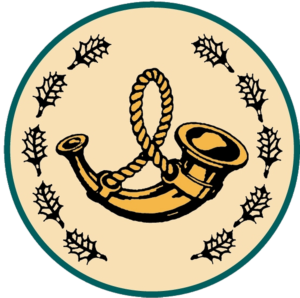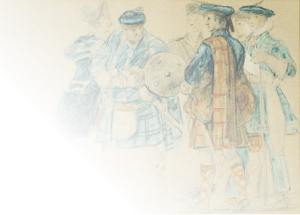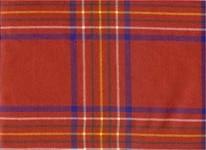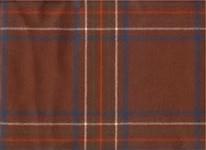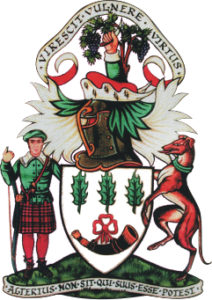Early History of The Family of Burnet(t)
Whether Burnet(t) evolved from Burnard/Bernard or was an individual surname in its own right has been debated. Whilst 11th century records of Burnard/Bernard exist in Anglo-Saxon England in Bedfordshire, Hampshire and Wiltshire and later in the 13th century in southern Scotland, there are several instances where the name can be shown to be interchangeable. There are also differing opinions as to whether the early members of the family had Norman or Anglo-Saxon origins.
Burnards were given the large barony of Farningdoun / Farnington in Roxburghshire, Scotland under a new system of land-holding instigated by King David I. As King David had a particular wish to introduce Norman or Flemish settlers to his Scottish kingdom it would not be unreasonable to assume that the Burnards were of that extraction. In this area the name evolved to Burnet and the family became associated with the lands of Burnetland and Barns. A John Burnard accompanied King David II on his journey south ending in the defeat of the King at the Battle of Neville’s Cross in 1346. Burnard, who owned Scottish lands of Ardross in Fife and of Currie in Midlothian, was killed in 1346.
Alexander Burnard had his services to King Robert I rewarded by the granting of lands on the banks of the River Dee, in the parish of Banchory Ternan west of Aberdeen. He was, for a time, Keeper of the adjacent Royal Forest of Drum, the badge of office of which is considered to be the Horn of Leys. The procedure of ‘Cornage’ comprised the use of a symbolic horn in the process of land grants (a form of lease from the Crown). His descendants, the principal family of Burnett of Leys, gave rise to a number of branches in north- east Scotland namely Burnett of Craigmyle, Burnett of Camphill, Burnett of Crimond, Burnett of Kemnay, Burnett of Elrick, Burnett of Countesswells & Kepplestone, Burnett-Stuart, Burnett of Lethenty, Burnett of Kirkhill, Burnett of Daladies and Burnett of Powis along with Burnett of Monboddo and Burnett-Ramsay of Balmain both in Kincardineshire.
From the 16th century the main residence of the Burnetts of Leys was Crathes Castle and the present Chief of the family James C. A. Burnett of Leys lives nearby at House of Crathes. The Burnetts of Leys also acquired and extended Muchalls Castle, located a short distance away near the coast, completing the work in 1627.




